Livestock businesses ride a rough Q1
In consolidated financial statements for Q1 announced at the beginning of May, Hoa Phat Group recorded a 40 per cent decrease in revenue and a 95 per cent dip in profit compared to the same period last year.
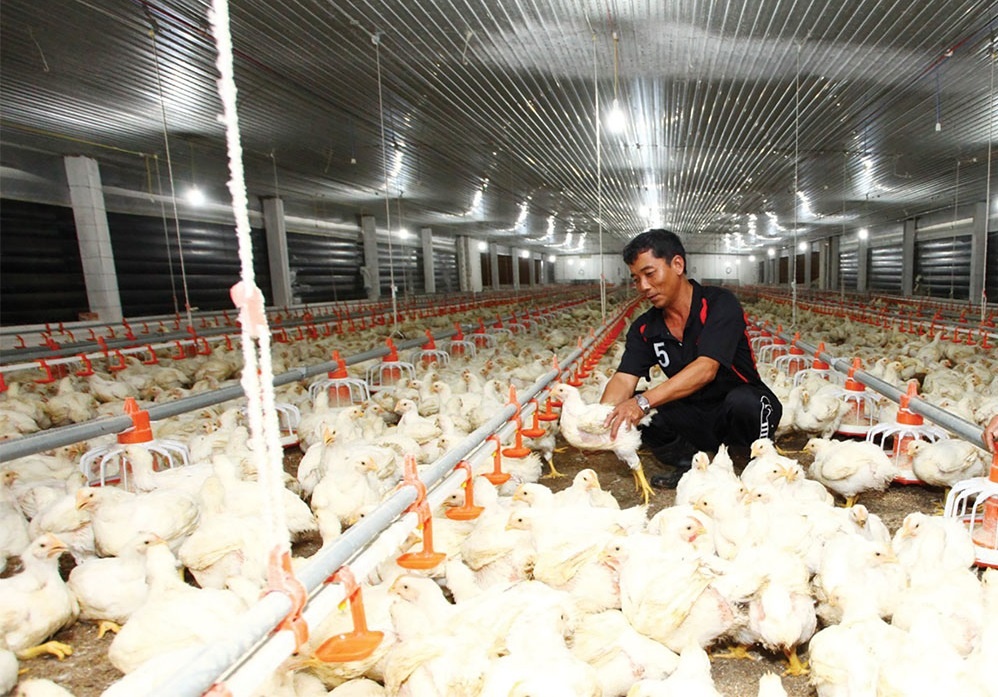 |
| Even the biggest groups are currently losing money when raising pigs and chickens, photo Le Toan |
Hoa Phat is the largest private enterprise in Vietnam, according to the VNR500 rankings from Vietnam Report, operating in both steel and agriculture. The company holds the largest market share in Vietnam in the steel segment and is also the largest steel producer in Southeast Asia.
In the agricultural sector, Hoa Phat Group also holds the most market share in providing Australian cows in Vietnam and takes the lead in the entire northern region in the production of chicken eggs, with an average monthly output of more than 1.5 million for the entire WinMart, Coop Mart, and BRG Mart system.
However, while Hoa Phat’s steel is gradually recovering after months of decline, the group’s agricultural segment suffered a loss of nearly $5 million in the first quarter of 2023, a record loss since the group stepped into the agriculture sector in 2015.
Livestock groups have suffered from high costs of animal feed, complicated disease developments, and high interest rates, while selling prices and consumer purchasing power have decreased significantly.
Many other large enterprises in the livestock field also recorded a sharp decline in profits. Despite actively reducing the price of chilled meat to stimulate consumption, Masan MEATLife JSC, a subsidiary of Masan Group, reported a loss of $5.2 million in the last quarter.
Dabaco Vietnam also announced a record loss of $13.9 million in Q1, with revenues down 18 per cent compared to the same period in 2022. Dabaco owns millions of pigs with an output of approximately 600,000-700,000 per year.
BAF Vietnam Agriculture JSC, which owns 17 livestock subsidiaries, also suffered a loss of $126,000 in the first quarter. BAF is currently focusing on investing in the pig segment, with an average supply of 280,000 pigs per year.
Truong Sy Ba, chairman of BAF, said that the company is aiming for green consumption trends and a closed safe food production model. However, the closed model is not deemed effective when the market is volatile, and the selling prices have not been as expected.
“The selling price of products in the market remained low for a long time but has now recovered by 10-15 per cent compared to the beginning of the year, signalling that the short-term negative impact of the livestock industry has passed,” Ba said.
The Vietnamese livestock industry is estimated at $15 billion and is one of the fields attracting the participation of many businesses.
Thaiholdings JSC, through its subsidiary Thaigroup, is working with third parties to invest $26 million in a high-tech pig raising project in the north central province of Thanh Hoa.
Hoang Anh Gia Lai JSC, a new name in the livestock market, also announced plans to raise banana-fed chickens and pigs at the end of last year. In its outlook for 2023, Hoang Anh Gia Lai planned to supply the market with 20 million chickens and one million pigs raised on bananas, and at the same time develop the Bapi Food chain with about 1,000 stores.
However, in a letter to shareholders about the business situation for Q1, the firm that the domestic pork price is still low, while the banana price has remained at a high level, so the entire profit of the business currently mainly comes from bananas.
According to data from the Ministry of Industry and Trade, Vietnam imports about 80-90 per cent of input materials for animal feed production, and this is one of the reasons why the production cost of livestock items has increased over time.
In 2022, Vietnam spent $5.6 billion on importing 10.32 million tonnes of animal feed and animal feed ingredients. Import prices of common feed ingredients such as corn, barley, wheat, soybean meal, and canola meal have increased 10-20 per cent.
As predicted by SSI Research, the difficulties of meat producers will ease as the meat price is expected to increase by 5 per cent later in 2023 and feed costs will stabilise and gradually decrease from the second quarter. In addition, the reopening of China will be a catalyst for the recovery of the livestock industry, which is expected to record more positive results by the end of this year.
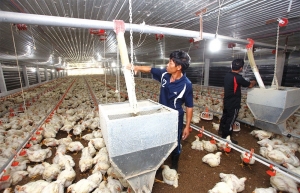 | Livestock switch serves up dispute Livestock companies in the southern province of Dong Nai are struggling to comprehend what they say is a rushed roadmap to relocate thousands of breeding farms for environmental reasons. |
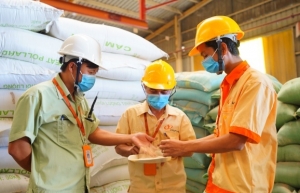 | Available land on the wane for Vietnam’s livestock businesses Vietnam’s livestock sector is under threat due to limited land, according to various business associations. |
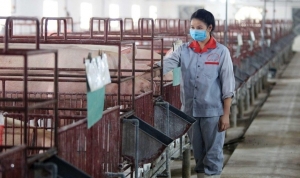 | Tough times for livestock firms Since late last year, the agricultural sector, and livestock in particular, has been facing multiple hardships amid spiralling costs and lower returns, with several livestock businesses incurring losses. |
What the stars mean:
★ Poor ★ ★ Promising ★★★ Good ★★★★ Very good ★★★★★ Exceptional
Related Contents
Latest News
More News
- Work hour cut on agenda once more (May 16, 2024 | 21:00)
- Technology giants keen to embrace gifted engineers (May 16, 2024 | 19:00)
- Livestock farms face up to mass relocation challenge (May 16, 2024 | 17:00)
- Logistics firms take alternative steps (May 16, 2024 | 16:17)
- Logistics groups must work to mitigate Red Sea route tensions (May 16, 2024 | 16:09)
- Agricultural exporters face hardship amid escalating costs (May 15, 2024 | 18:43)
- Consumer confidence in economic recovery reaches five-quarter high (May 15, 2024 | 12:17)
- Daesang Duc Viet opens Hung Yen Factory No. 2 (May 15, 2024 | 12:16)
- Forex rate hike dampens business performance in Q1 (May 14, 2024 | 18:45)
- Prime Minister chairs seminar with Chinese businesses (May 14, 2024 | 17:04)



 Tag:
Tag:
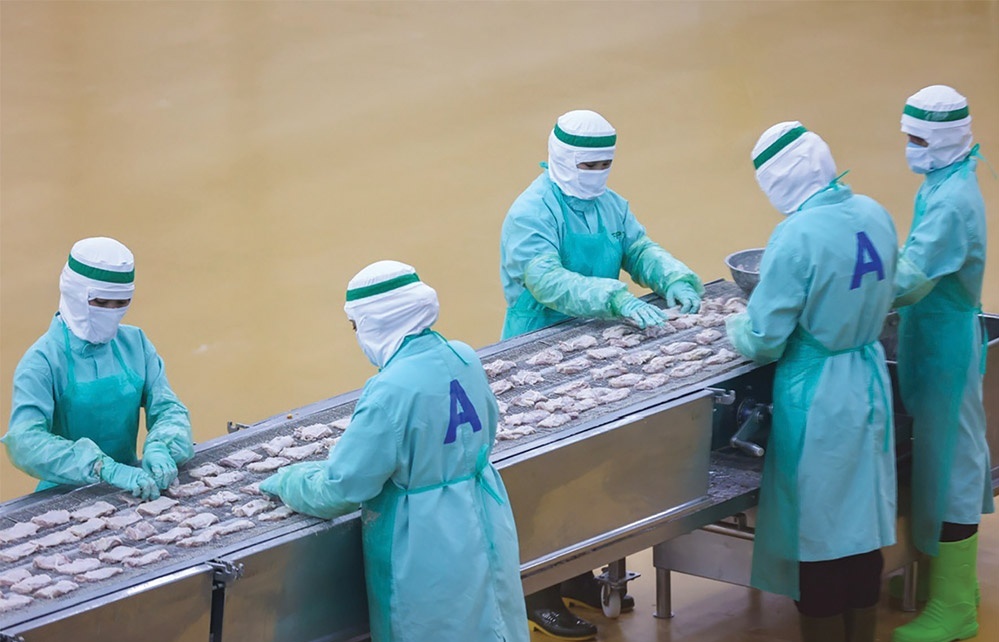
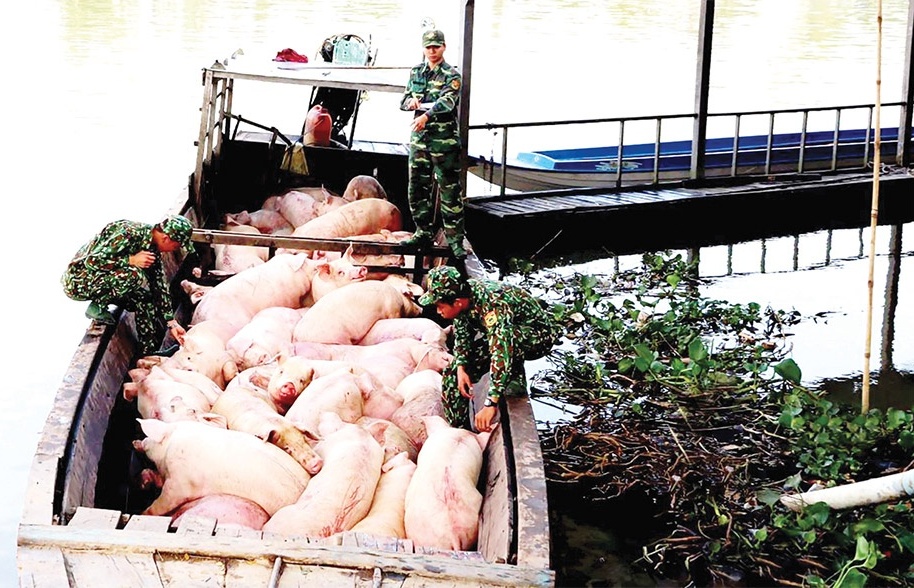
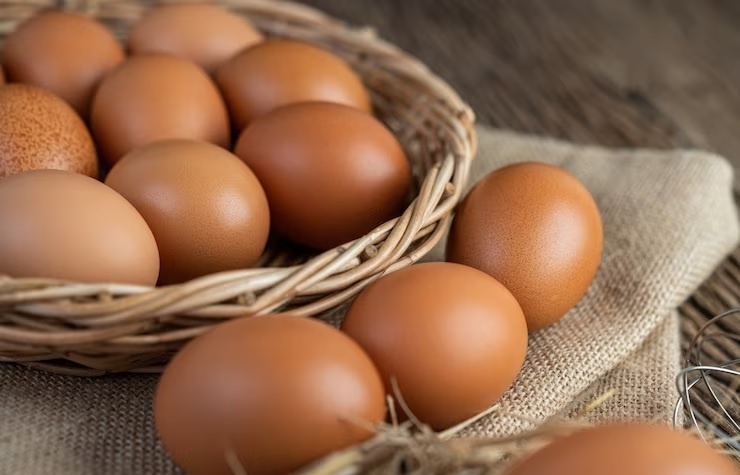
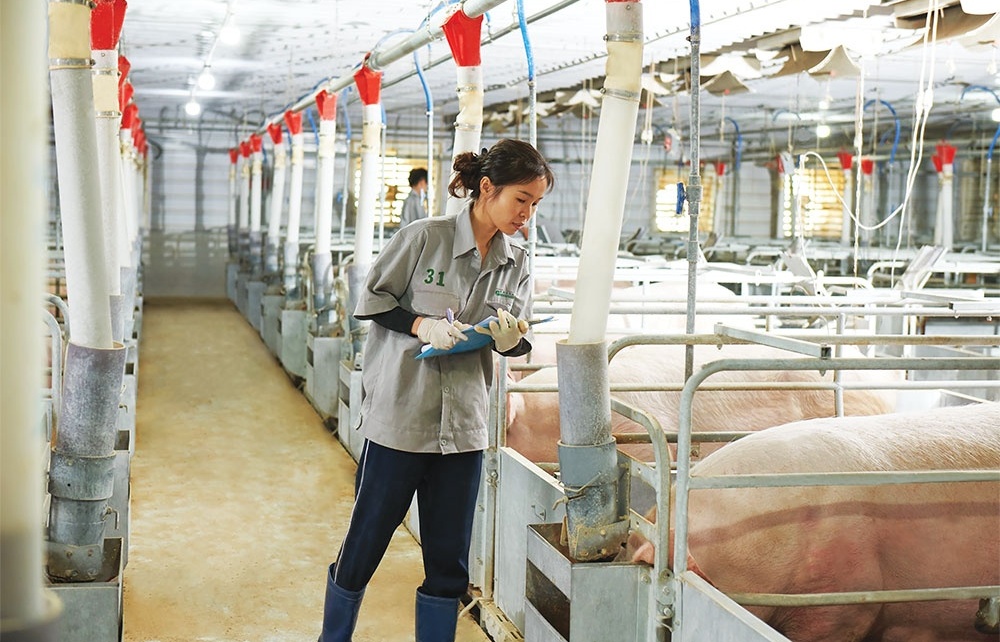
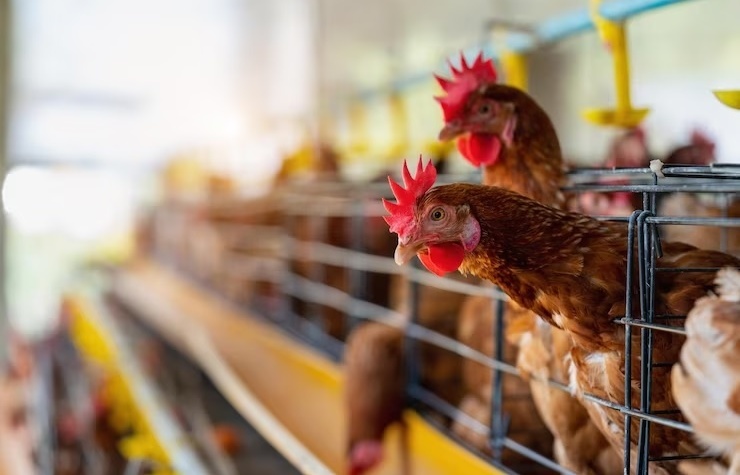
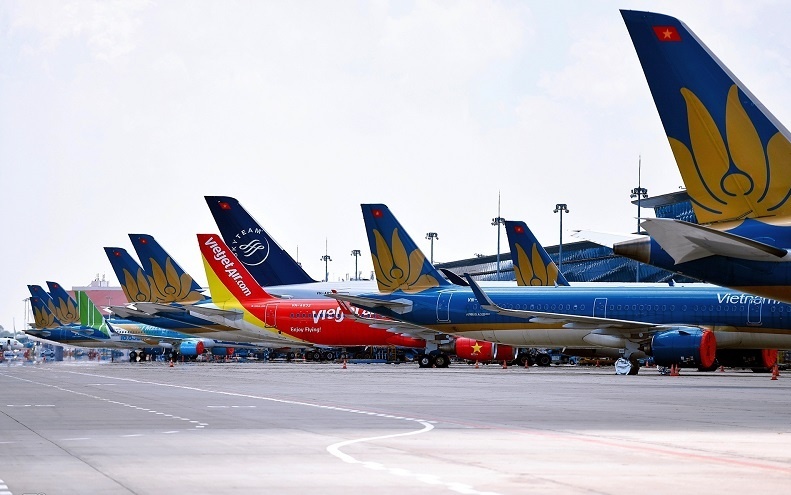

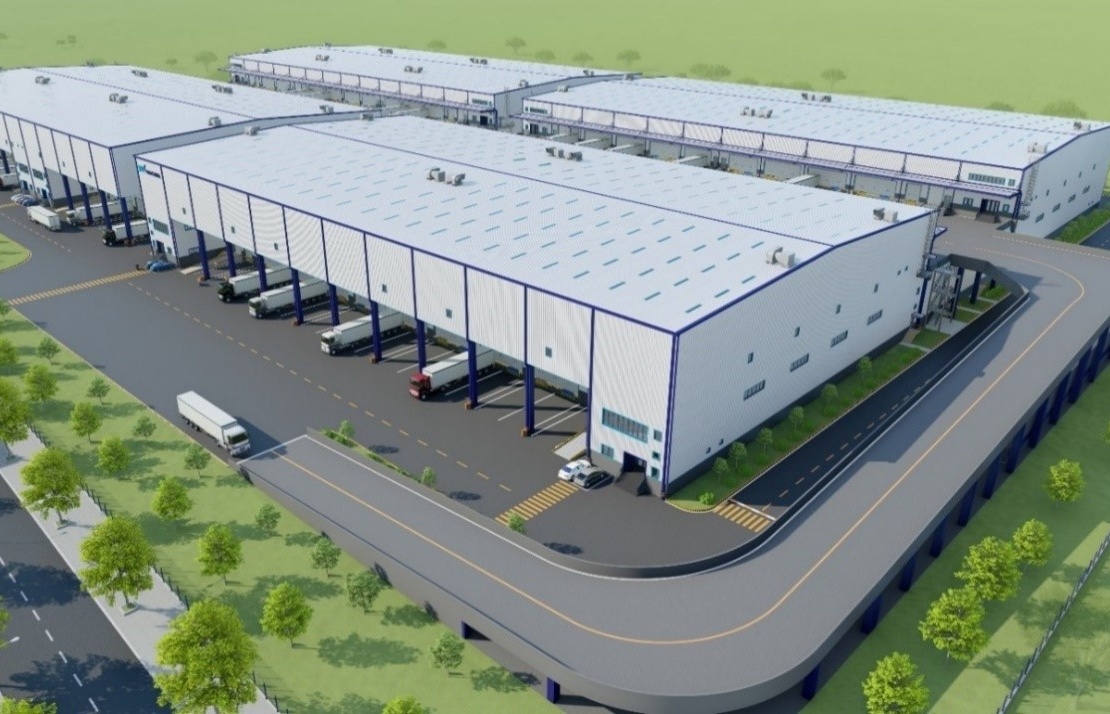

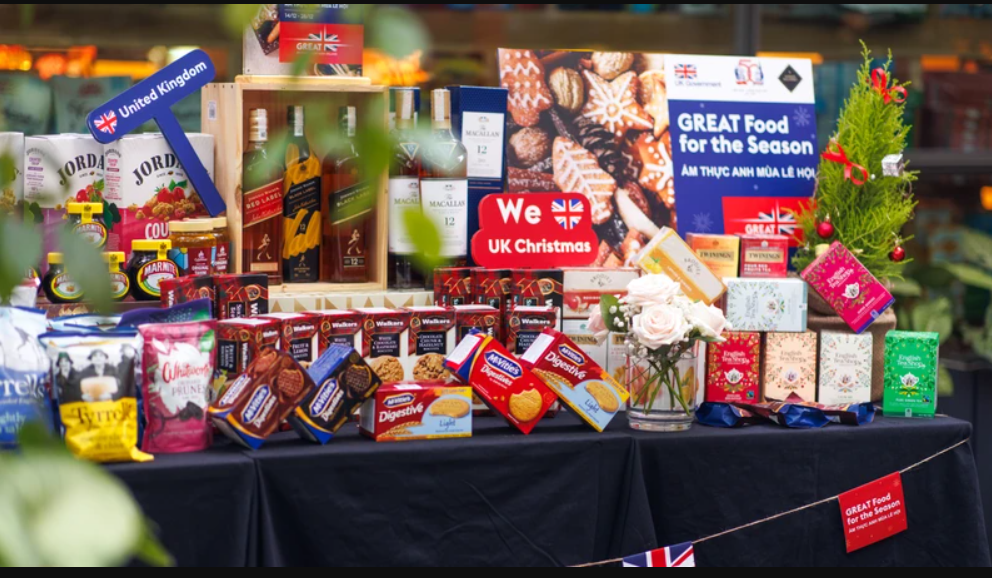
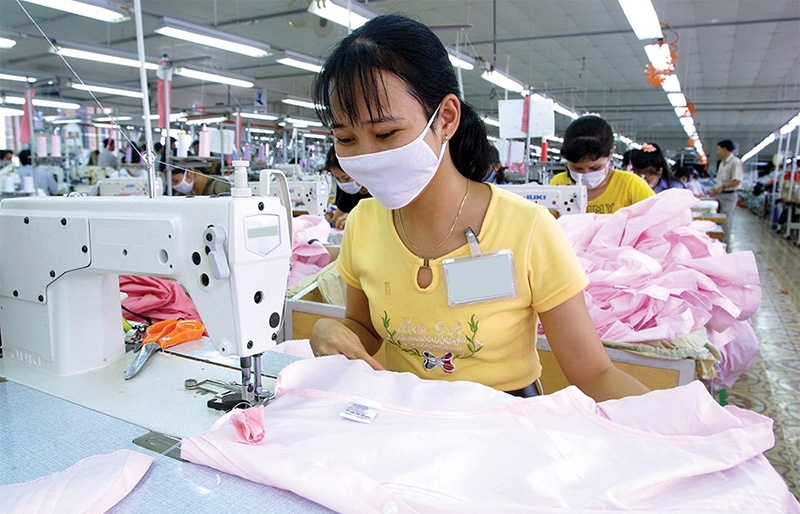





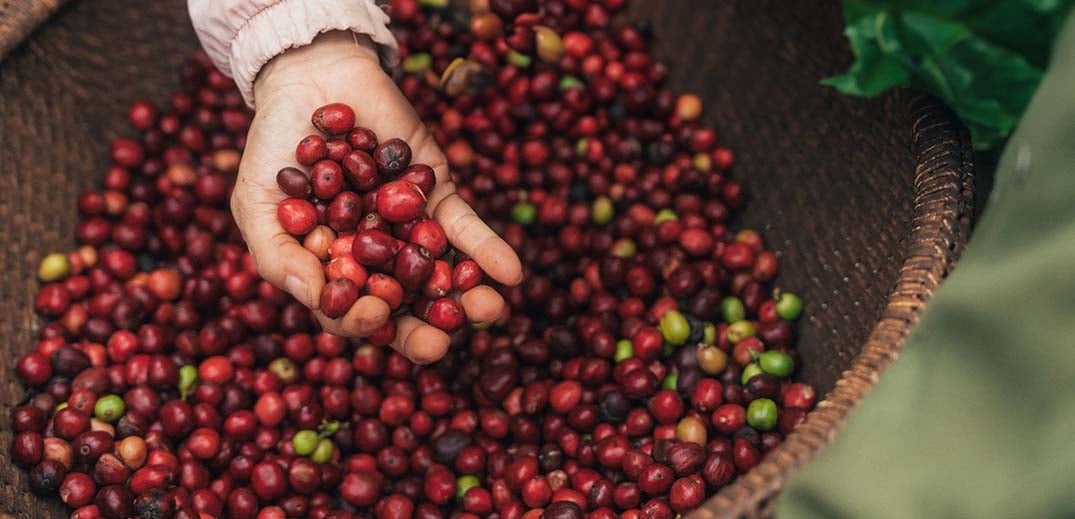



 Mobile Version
Mobile Version